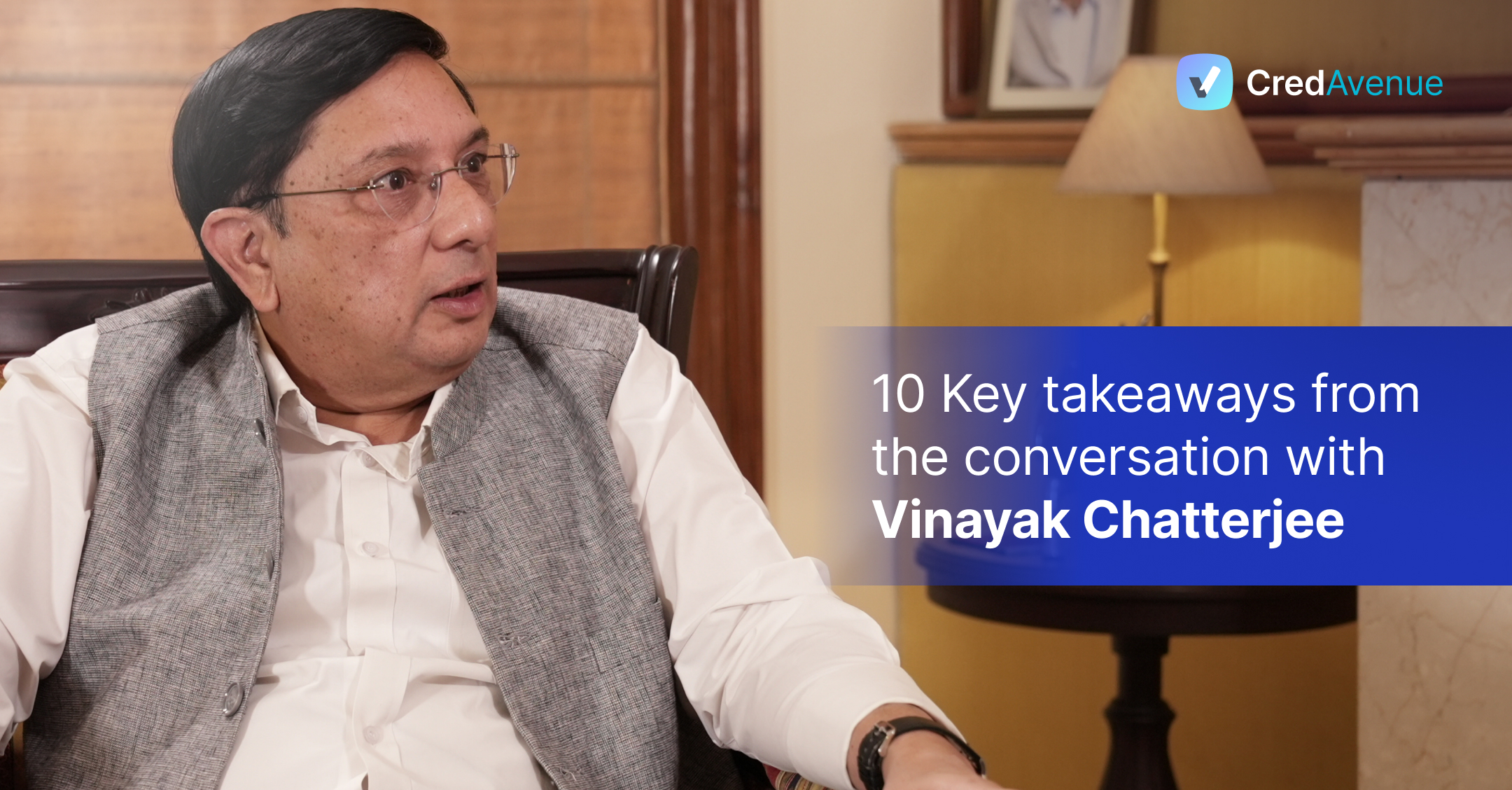
Perpetual calls for pre-approved personal loans paint a happy picture of the availability of credit in India, but in reality, they are a mirage. Despite the RBI’s (Reserve Bank of India) sincere efforts, access to credit has remained a problem for many sections of the economy. The priority sector, including Agriculture, MSMEs (Micro, Small and Medium Enterprises), and other vital sectors for the country’s basic needs-has been the worst hit, repeatedly struggling to access funds.
The COVID-19 pandemic further compounded the misery for the priority sector, triggering a supply crunch and missed payments. Fortunately, the RBI has been conscious of the issue and made policy changes in order to bring the priority sector back to its feet. Easing the availability of funds through the Co Lending Model (CLM) was among the most crucial changes, as it narrowed focus on the financial goals of the underserved sections of the economy.
What is the Co-Lending Model(CLM)?
The Co-Lending Model, officially announced in November 2020, is an upgraded version of the co-origination of loan schemes introduced by the central bank in September 2018. Under the co-origination scheme, the RBI allowed “co-origination of loans” by banks and Non Banking Financial Companies (NBFCs) for lending to the priority sector.
However, the scheme lacked flexibility and could not correctly leverage the individual strengths of banks and NBFCs. The CLM solved the problem, increasing freedom for the lender. It also aimed to “improve the flow of credit to the unserved and underserved sector of the economy and make available funds at an affordable cost, considering the lower cost of funds from banks and greater reach of the NBFCs,” said the RBI.
How Does Co-Lending Work?
The priority sector is an instrumental piece of the Indian economy, so it’s only right that they have the necessary tools to grow. The Co-Lending Model could be a game-changer for the sector, and the RBI laid the foundations to make it work. It issued a co-lending framework that offered a detailed insight into the model. Here is how it works:
- Before banks and NBFCs start co-lending in India, they must sign a master agreement. It includes details about the products offered, terms and conditions of the arrangement, selection process of partner institutions, and customer interface and protection issues.
- The Co-Lending Model mandates that NBFCs keep a minimum 20% share of loans on their books. However, it only happens in specific cases. Usually, banks sponsor more than 80% of the co-lending amount, leaving the rest to the NBFCs.
- Despite the greater loan contribution by the banks, the NBFCs act as the point of interface for customers from the priority sector. After consulting the bank, they frame the loan agreement and explain it to the borrowers once the bank agrees with the terms. Their role is instrumental in servicing the needs of the borrowers.
- The interest rate levied on the borrowers are all-inclusive and shared by the NBFCs and banks. The split percentage is decided when they sign the master agreement. Both parties must adhere to it at every stage of the contract.
- The Co Lending arrangement requires regular information-sharing. The RBI guidelines state that the NBFCs should generate a single unified customer statement and immediately share it with the bank.
- While the co-lending NBFCs and banks are unified entities in the Co-Lending Model, they must maintain borrowers’ records for their books. It helps manage their risk. Also, if a bank is the lender, every transaction between the co-lending NBFCs and the bank is routed through an escrow account. It’s maintained with the bank and helps avoid confusion regarding funds meant for the priority sector.
- Grievances and operational challenges are natural, as the Co-Lending Model is still in its nascent stage. However, lenders must have a system to ensure borrowers do not face sustained problems. Banks and the co-lending NBFCs must resolve any borrower complaint with the NBFC within a maximum of 30 days. If the problem persists for longer, borrowers can escalate the query to the complaint department of the bank, the NBFC, or the customer education and protection cell of RBI.
- The Co-Lending Model is essentially a partnership between the banks and the co-lending NBFCs in India. When they are in business together, borrowers enjoy uninterrupted service. However, what if they decide to terminate their agreement? In that case, the guidelines state that the banks and the registered NBFCs must make a business continuity plan until the existing portfolios are completely serviced.
Has it been successful?
The RBI has extensively endorsed the Co-Lending Model, and it has worked so far. Many banks have started co-lending with NBFCs in the last year, helping meet the demands of the priority sector.
In February 2021, the Bank of Maharashtra joined hands with LoanTap Credit for co-lending jointly. A month later, PNB Housing Finance did the same with Yes Bank, while Karur Vysya Bank (KVB) partnered with Cholamandalam Investment and Finance Company. Indiabulls Housing Finance Ltd and HDFC Ltd, the State Bank of India (SBI) and Adani Capital, and the Union Bank of India and Capri Global Capital Ltd (CGCL), and other lending institutions also have similar agreements.
But, it’s still early days. A lot more can be done for the growth and development of the priority sector. Lenders will play a crucial role, as ease of capital inflow will ultimately determine the growth of the priority sector, and by extension, of the Indian economy.




